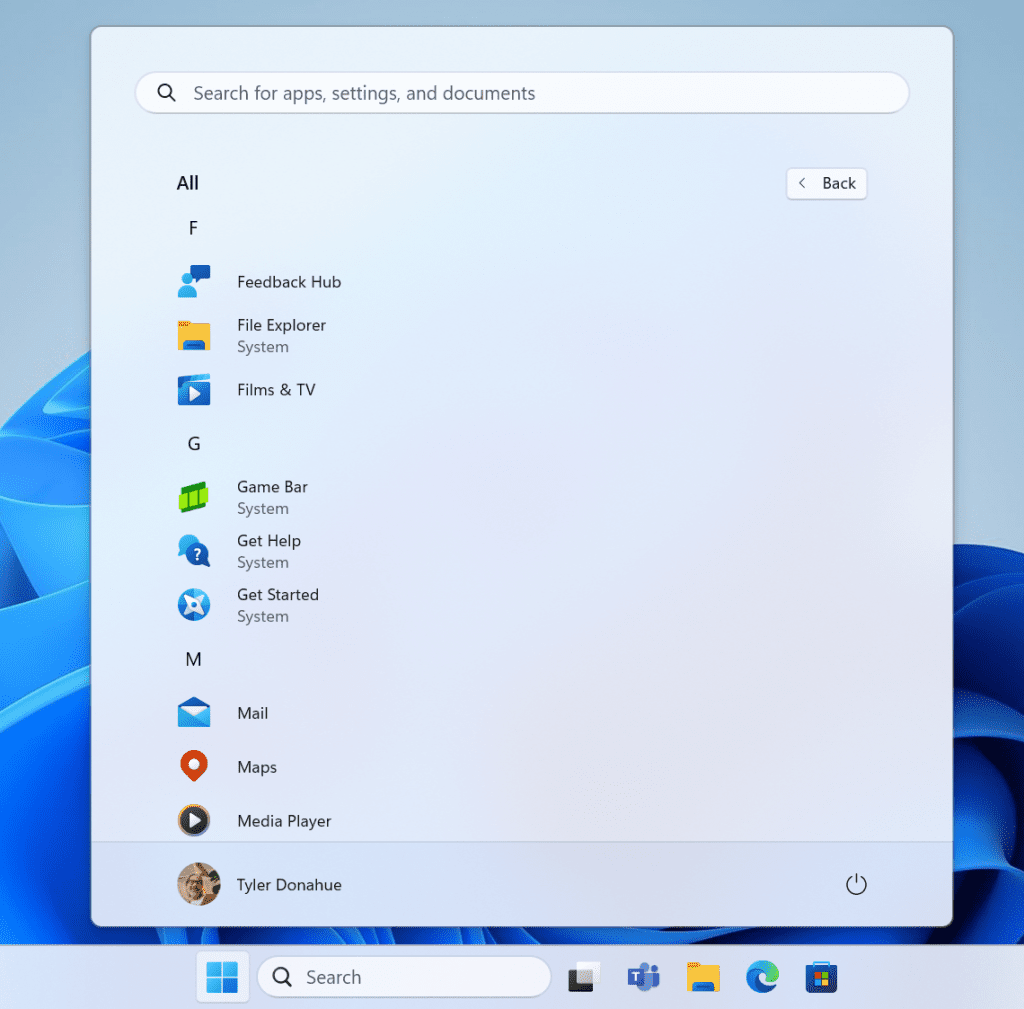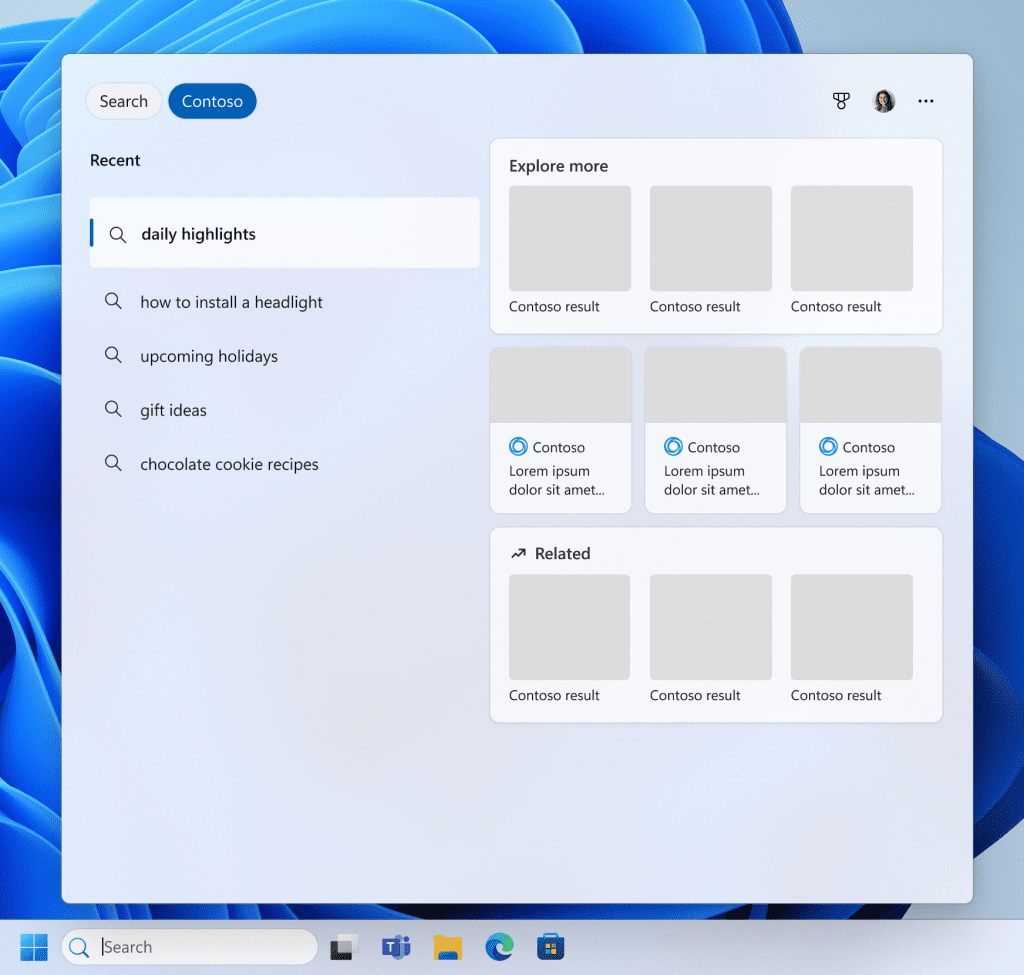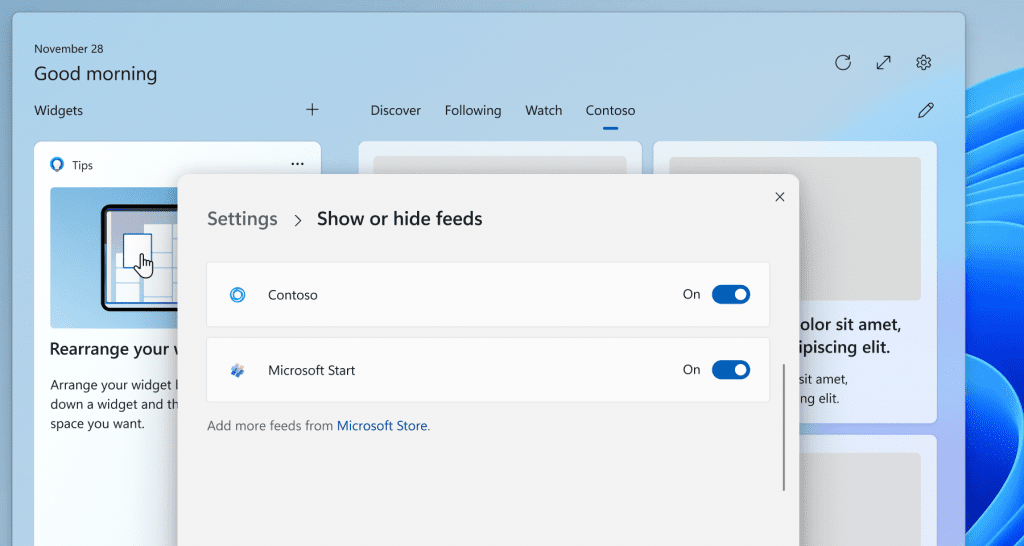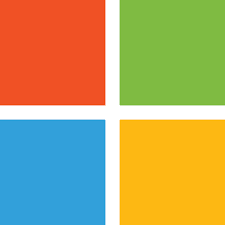Hello Windows Insiders,
Microsoft is working to ensure compliance with the Digital Markets Act (DMA) in the European Economic Area (EEA). Coming soon, we will be releasing the November 2023 non-security preview update for Windows 11, version 23H2 to the Release Preview Channel that will preview many of the changes we’ve made to Windows 11 to meet these obligations. These changes will gradually be rolling out to devices in Release Preview over the next couple weeks. Once that update is live in the Release Preview Channel, we will update this blog post with those details. We will be previewing changes for Windows 10 in the Release Preview Channel at a later date. We’ll be updating Windows 10, version 22H2 and Windows 11, version 23H2 PCs in the EEA to be compliant by March 6th, 2024.
Windows operating system and apps
Customers using Windows have always used a combination of operating system functionality as well as apps, but now Windows will clearly identify operating system functionality in places like Settings, Start, and Search:
All apps in Windows can be uninstalled. Of course, apps can always be installed again from the Microsoft Store and internet. Settings > Apps > Installed apps continue to show all the apps installed on the PC and we’ve added the ability to uninstall:
- Settings > System > System Components will show notable operating system components.
- Start menu’s All Apps list has been renamed to All and operating system components are labeled with “system”.
- Under Search, search results will show operating system components labeled with “system”.
System labeling under Start menu’s All list.
- Camera
- Cortana
- Web Search from Microsoft Bing, in the EEA
- Microsoft Edge, in the EEA
- Photos
Interoperability with Windows features
Windows is an open platform and has a robust API surface that developers use to create millions of Windows apps. Many existing features in Windows were built specifically to enable richer app functionality, such as toast notifications (Toast notifications – Windows apps | Microsoft Learn) and widgets (Windows Widgets – Windows apps | Microsoft Learn).
More interoperability points in Windows are now available. Continuing with the model used for cloud files (Build a Cloud Sync Engine that Supports Placeholder Files – Win32 apps | Microsoft Learn), these new interoperability points also use an app-based model. This benefits the app, the app developer, and the customer. Apps can bring their unique differentiation to more customers by being hosted directly in Windows features, and customers can choose to use their preferred experience for common tasks in Windows, like searching the internet.
In the EEA, two new interoperability points are available:
- Feeds in the Windows Widgets Board: Feed providers – Windows apps | Microsoft Learn.
- Web search in Windows Search: Windows Search providers – Windows apps | Microsoft Learn.
Example of new interoperability point for web search.
Example of new interoperability point for widgets.Microsoft account data
In the EEA, Windows will ask users if they want to sync their Microsoft account with Windows so that Windows data is available on their other Windows devices and in Microsoft products that users sign into. The information saved to a user’s Microsoft account from other Microsoft products will also be available in Windows. Among other things, this enables a user to restore settings, apps, and passwords from another pc. It will also sync pinned apps and preferences across devices and quickly find files and apps.
Default apps
Windows will continue to prompt customers when they are opening content that a newly installed app registers for so they can easily change their default. Customers can continue to easily configure app defaults in Settings > Apps > Default apps.
Apps can prompt customers to change app defaults by opening Windows Settings to the app’s defaults page, as noted in A principled approach to app pinning and app defaults in Windows | Windows Experience Blog. Developers can use the instructions here for their apps: Launch the Default Apps settings page – UWP applications | Microsoft Learn .
In the EEA, Windows will always use customers’ configured app default settings for link and file types, including industry standard browser link types (http, https). Apps choose how to open content on Windows, and some Microsoft apps will choose to open web content in Microsoft Edge.
European Economic Area PCs
As noted above, some functionality is only available in the EEA. Windows uses the region chosen by the customer during device setup to identify if the PC is in the EEA. Once chosen in device setup, the region used for DMA compliance can only be changed by resetting the PC.
The update that we’re previewing in Release Preview today for Windows 11, version 23H2 does not include Copilot in Windows (in preview) in the EEA. Copilot in Windows continues to be rolled out gradually to Windows Insiders in select global markets. The initial markets for the Copilot in Windows (in preview) include North America, United Kingdom and parts of Asia and South America. It is our intention to add additional markets over time including the EEA.
We look forward to continuing to work with the European Commission to finalize our compliance obligations.
Thanks,
Windows Insider Program Team
Source:
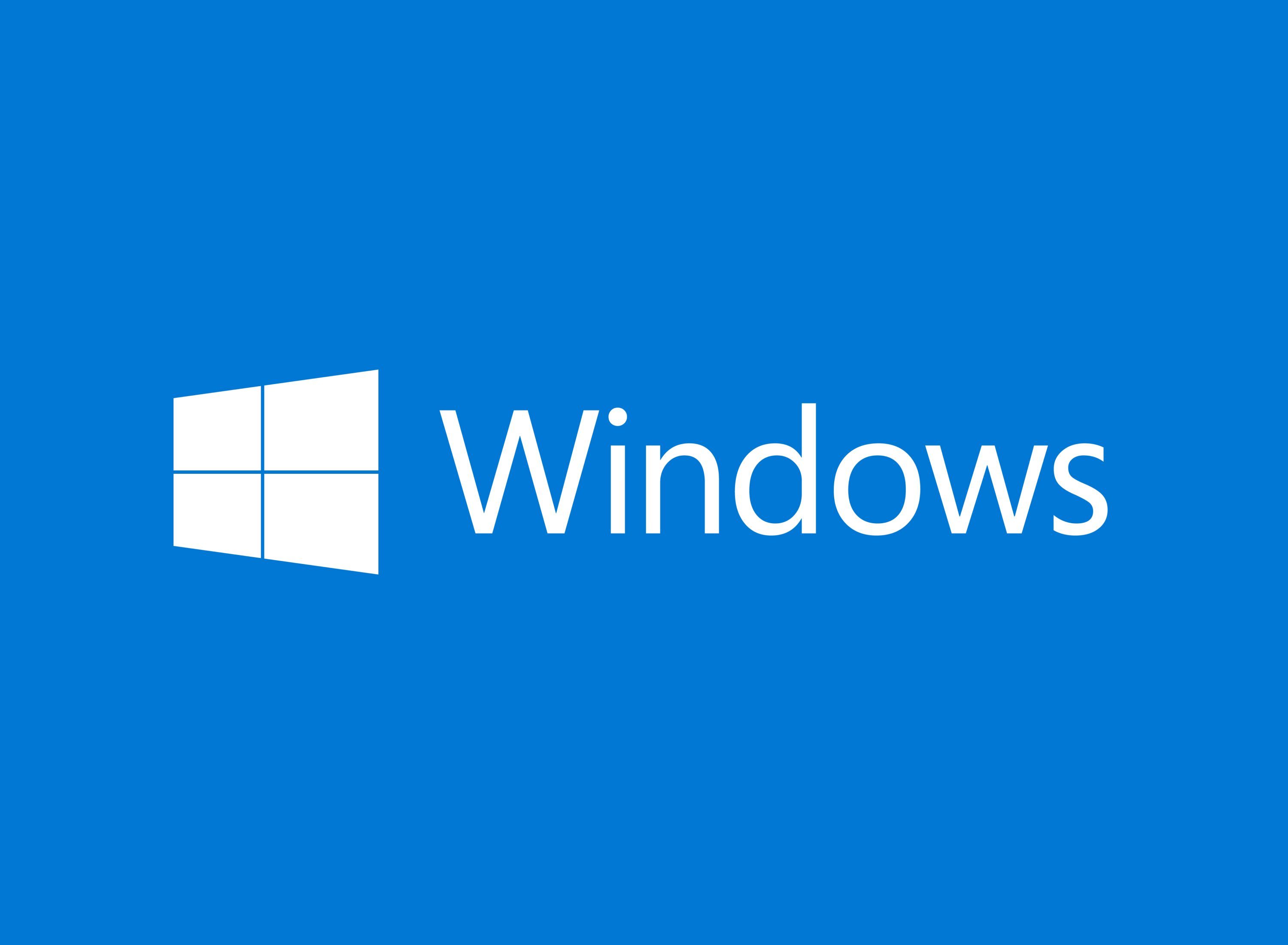
Previewing changes in Windows to comply with the Digital Markets Act in the European Economic Area
[UPDATE 2/29/24] As the March 2024 deadline for compliance with the Digital Markets Act (DMA) approaches, we wanted to provide an update on our plan to roll out updates to Windows for our customers in the European Economic Area (EEA

